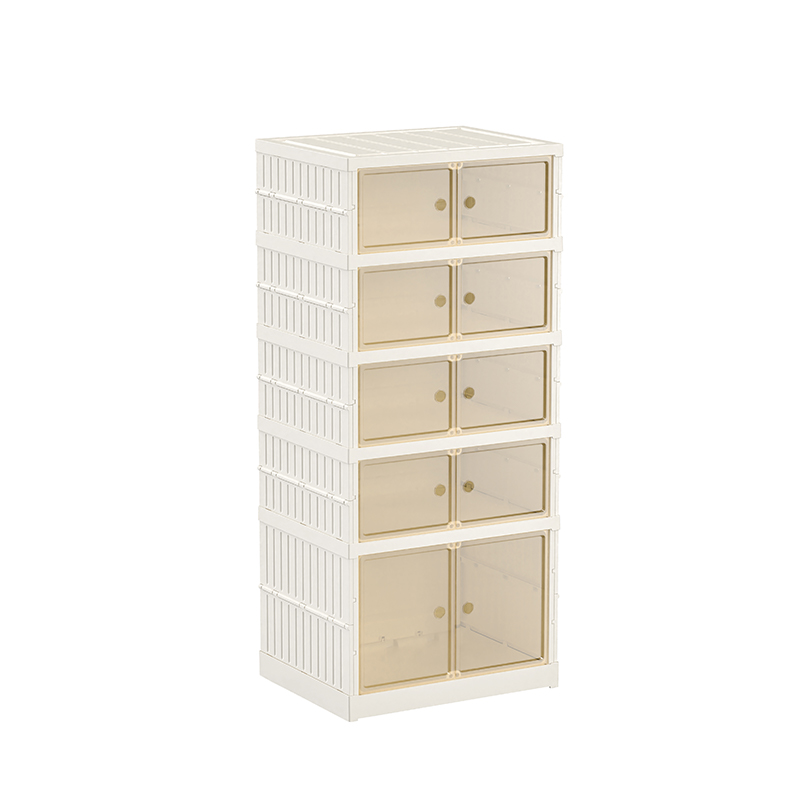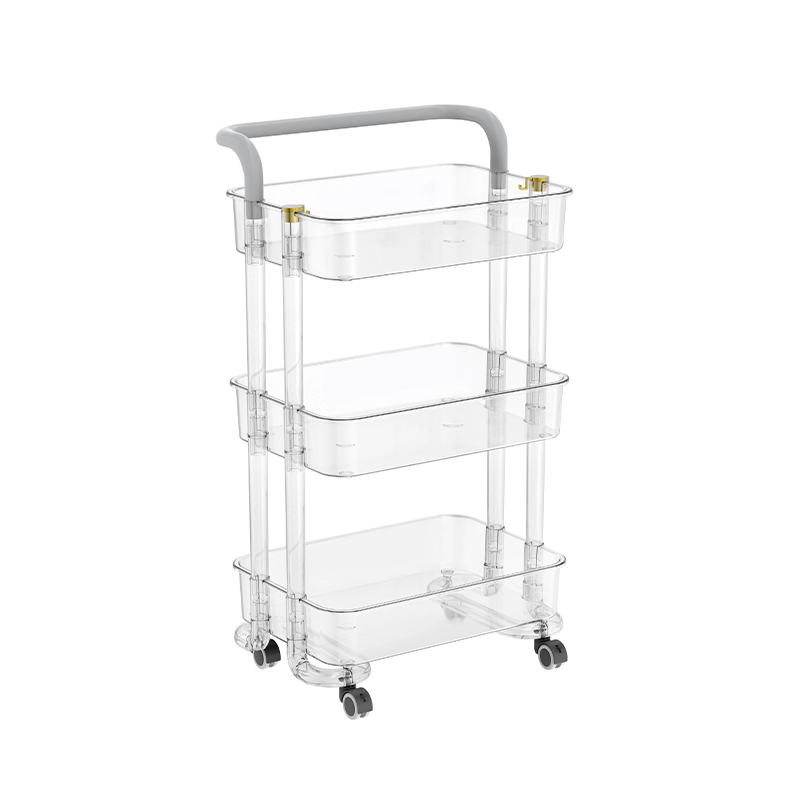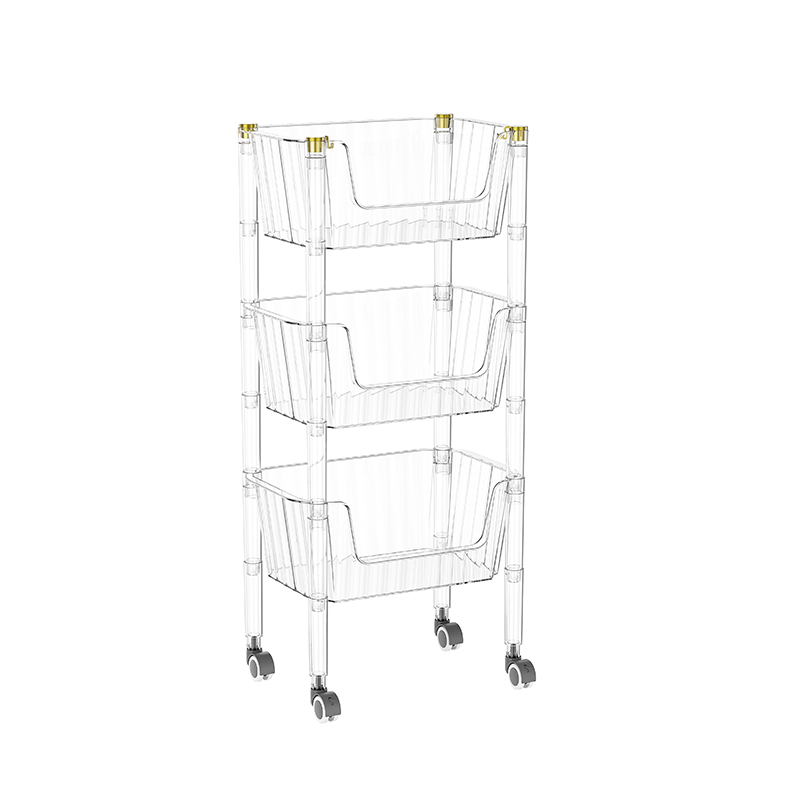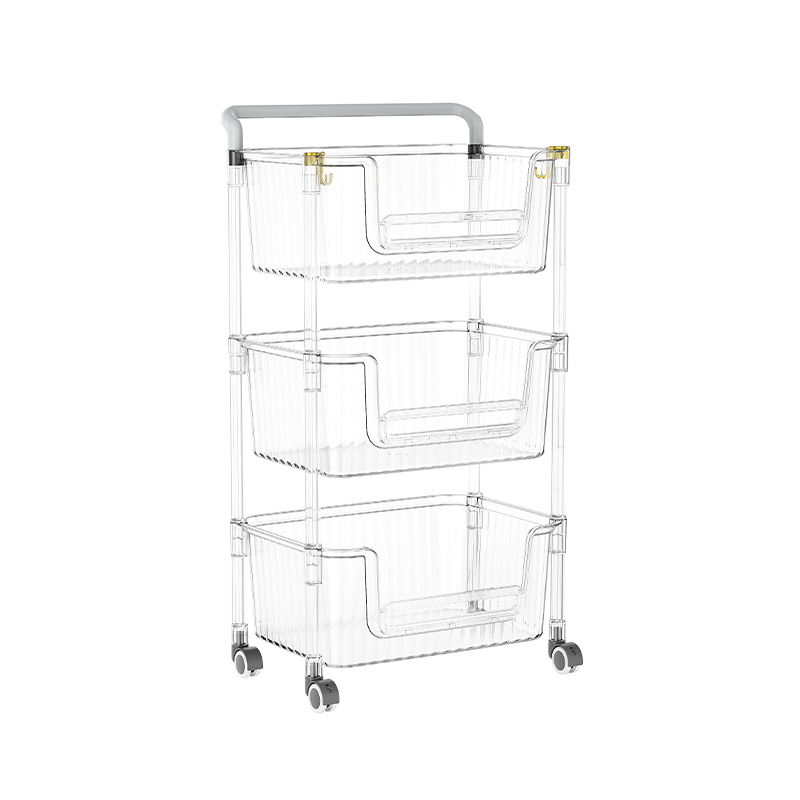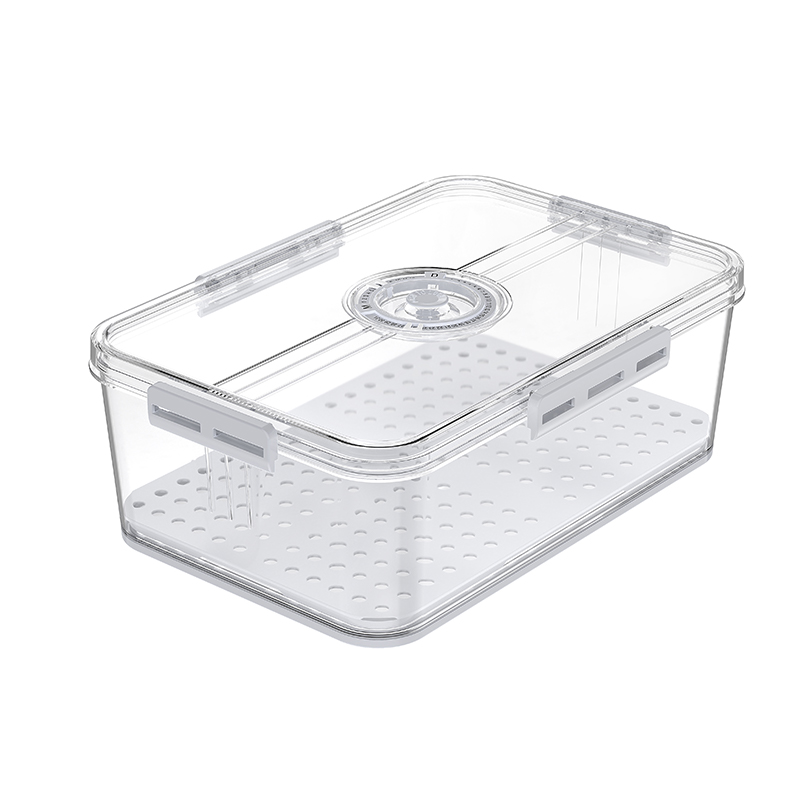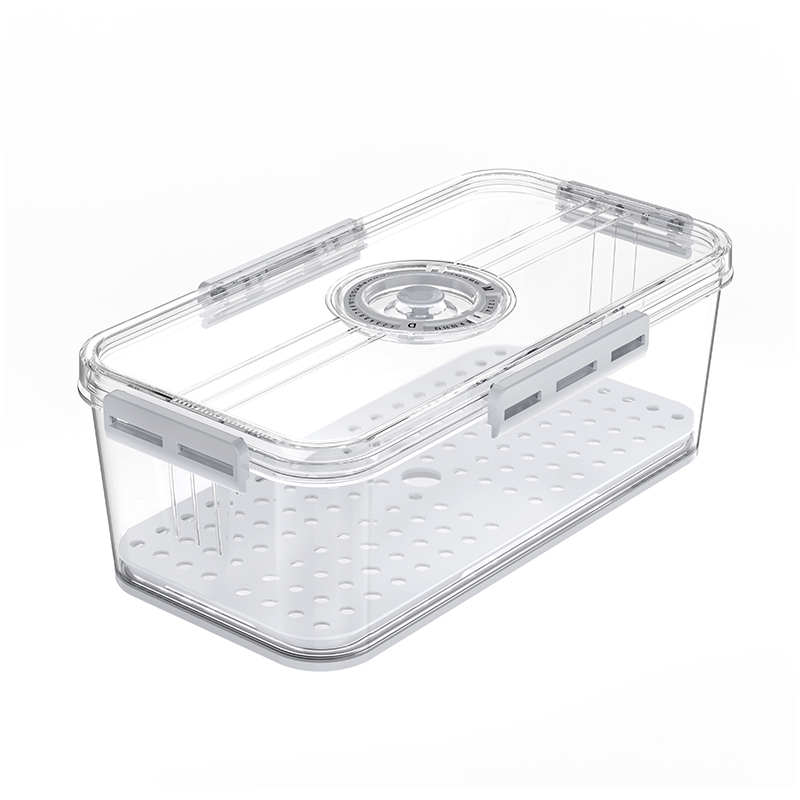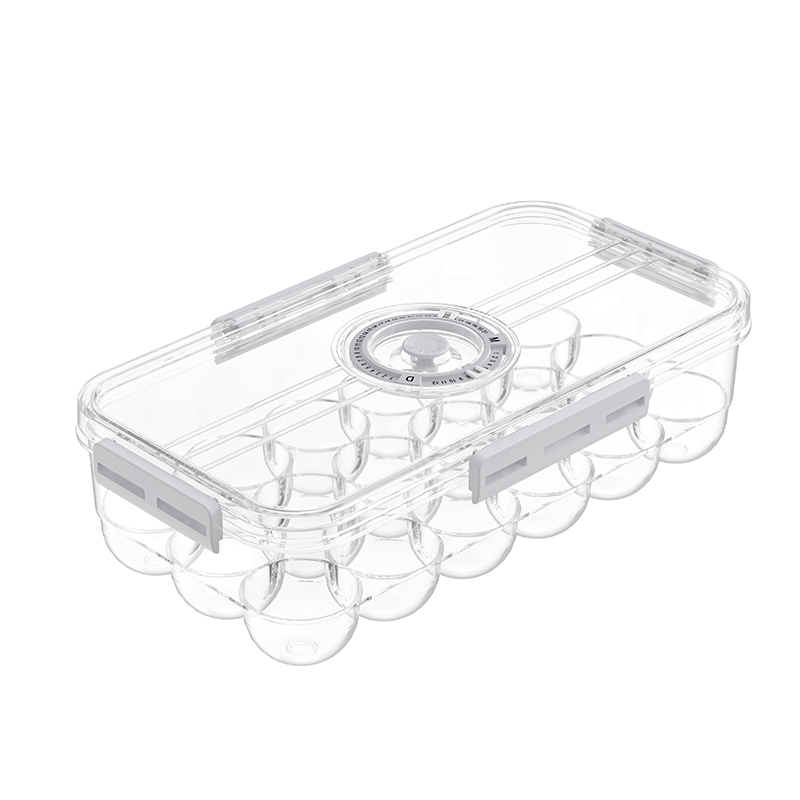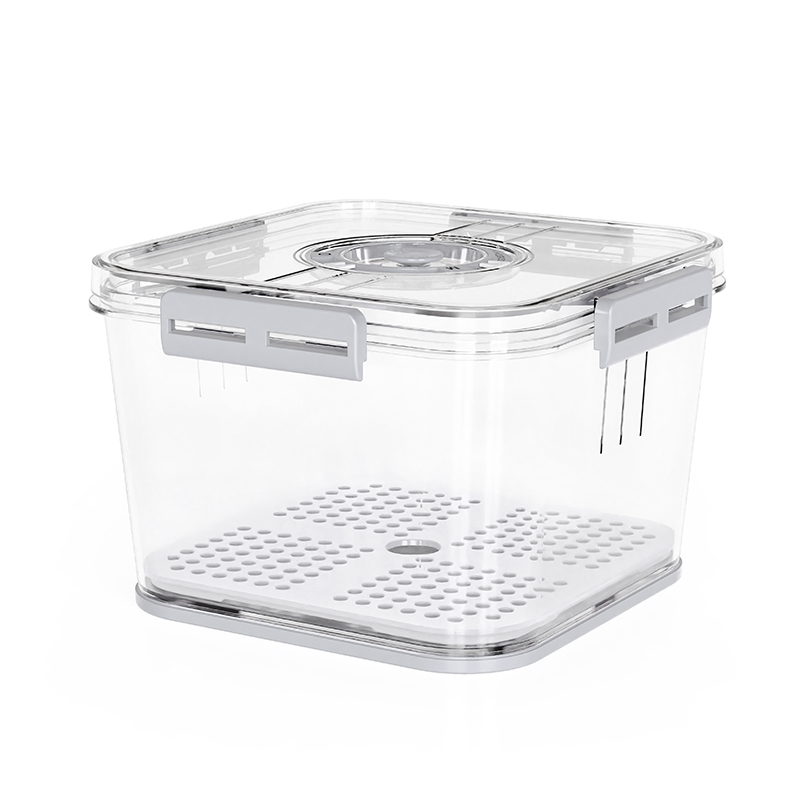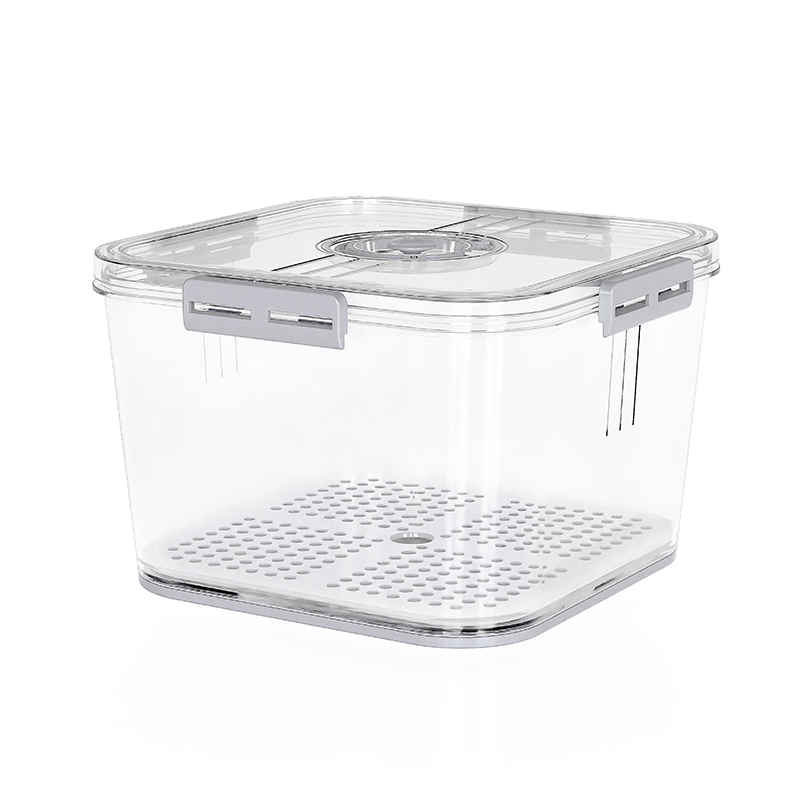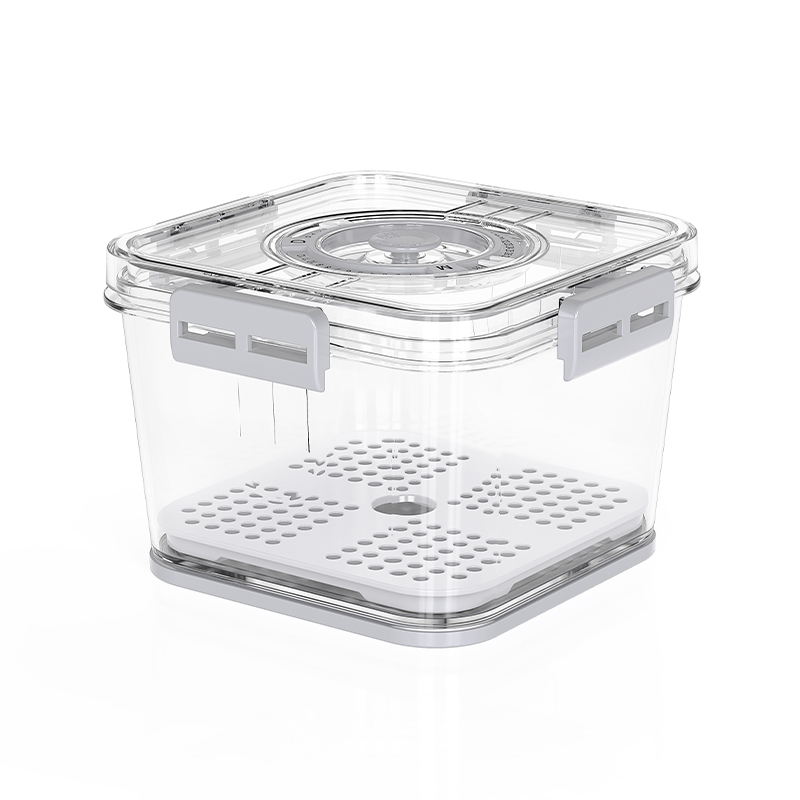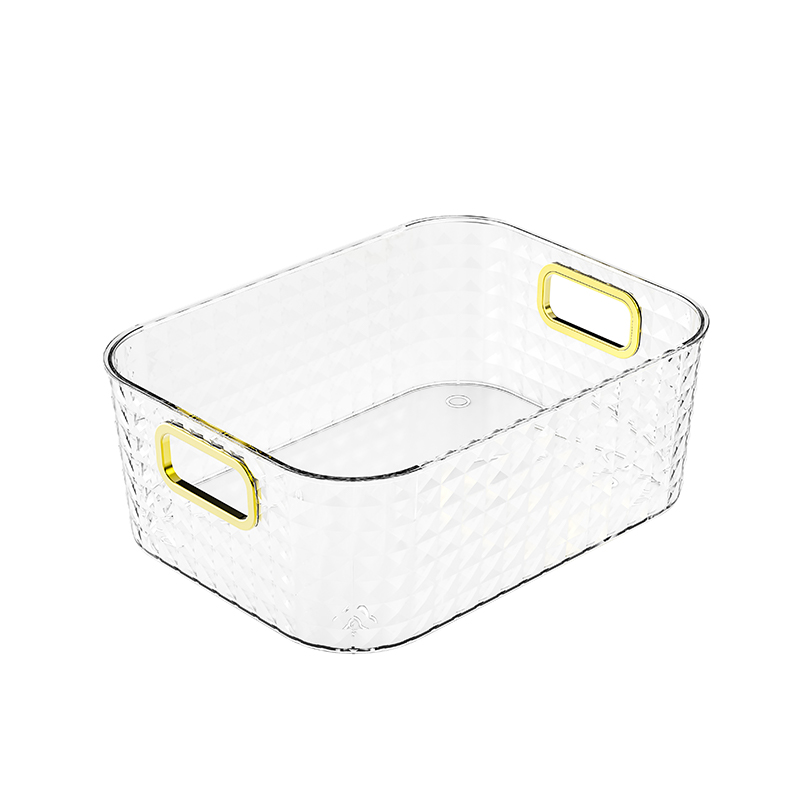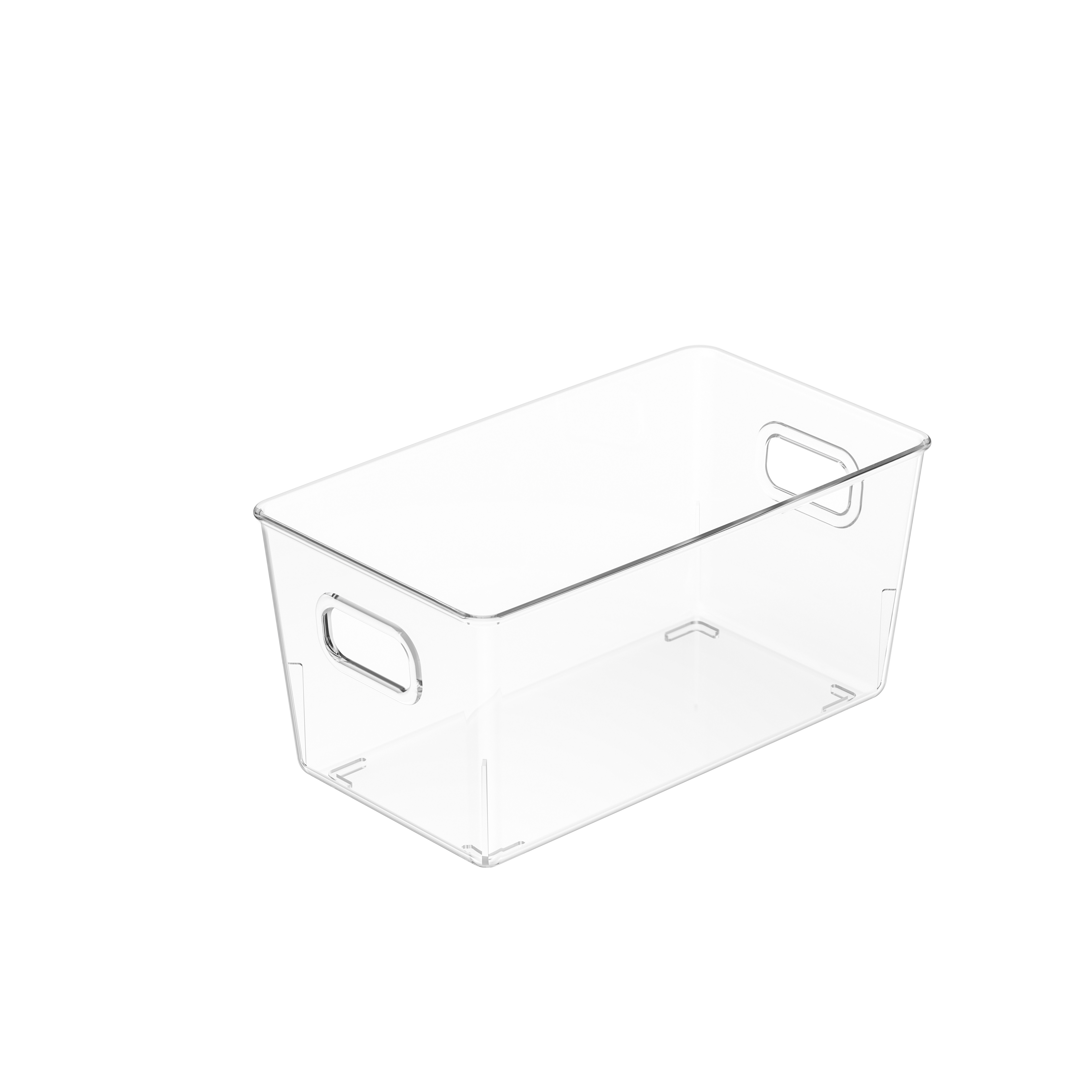Material Composition of Kitchen Plastic Storage
Kitchen plastic storage containers are commonly made from materials such as polypropylene (PP), polyethylene (PE), polycarbonate (PC), and polyethylene terephthalate (PET). Each of these materials has different chemical and physical properties that determine their performance under heat or exposure to cleaning agents. For instance, polypropylene has a high melting point, making it more suitable for microwave and dishwasher use, while PET may deform or release chemicals under high temperatures. The material’s resistance to heat, moisture, and detergents directly affects its safety and longevity during daily use in kitchens.
Understanding Microwave Safety
Microwave-safe plastic storage containers are specifically designed to withstand the electromagnetic energy emitted during microwave heating. The polymers used in these containers are tested for their ability to resist melting, warping, or leaching harmful substances when heated. Manufacturers often include a “microwave-safe” symbol, typically shown as wavy lines, on the bottom of containers. This label indicates that the product has been evaluated to handle standard microwave temperatures without structural or chemical degradation. However, not all plastics are suitable for microwave use, and identifying the material type is essential to avoid food contamination or damage to the container.
Potential Risks of Using Non-Microwave-Safe Plastics
Using non-microwave-safe plastics in high-temperature environments can pose safety and health risks. When plastics that are not designed for microwave heating are exposed to heat, they may soften or deform, releasing potentially harmful compounds such as bisphenol A (BPA) or phthalates into food. These substances can migrate into the food content, especially when heating fatty or acidic items. Even if the container appears intact after several uses, repeated heating may degrade the polymer structure, making it more porous and susceptible to leaching chemicals. Therefore, it is advisable to always verify microwave compatibility before using any plastic storage container in this environment.
Dishwasher Safety of Plastic Containers
Dishwasher-safe plastics are tested to ensure they can endure exposure to high-temperature water and strong detergents without losing structural integrity. Containers marked as dishwasher-safe are typically placed on the top rack to minimize direct contact with heating elements. The repeated washing cycles can stress plastic materials, especially when using high-heat drying modes. Plastics that are not rated for dishwashers may warp, crack, or lose their transparency over time. Proper use and placement in the dishwasher can extend the life of the container and prevent premature wear caused by repeated exposure to heat and chemicals.
Comparative Table of Common Plastic Materials
| Plastic Type | Microwave Safe | Dishwasher Safe | Heat Resistance |
|---|---|---|---|
| Polypropylene (PP) | Yes, usually | Yes, upper rack recommended | Up to 120°C |
| Polyethylene (PE) | Limited, may warp | Sometimes | Up to 80°C |
| Polycarbonate (PC) | Generally safe but may contain BPA | Yes, but avoid high heat | Up to 130°C |
| Polyethylene Terephthalate (PET) | No | Limited | Up to 70°C |
| Tritan™ Copolyester | Yes | Yes | Up to 110°C |
Labeling and Identification Marks
Most kitchen plastic storage containers include identification marks on the bottom or lid that indicate their intended use and temperature limits. Symbols such as a microwave icon, a dishwasher icon, or a temperature rating help consumers determine safe applications. The recycling code, typically a number within a triangle, can also offer clues about heat resistance. For example, code 5 indicates polypropylene, which is suitable for microwave and dishwasher use, while code 1 (PET) or code 6 (polystyrene) suggests limited heat tolerance. Understanding these markings ensures safer usage and helps prevent damage to both the container and the food inside.
Impact of Repeated Use and Cleaning
Repeated heating and washing cycles gradually affect the physical and chemical stability of plastic storage containers. Even microwave- and dishwasher-safe plastics can experience microcracks, surface clouding, or slight warping after extensive use. These microscopic imperfections can trap food residues and bacteria, potentially compromising hygiene. Continuous thermal cycling also accelerates polymer degradation, leading to discoloration or reduced transparency. Therefore, it is recommended to periodically inspect containers for wear and replace them if visible damage or deformation occurs, ensuring continued safety and functionality during food storage and reheating.
Chemical Migration and Safety Concerns
Chemical migration refers to the transfer of compounds from plastic materials into food, especially under high temperatures. This phenomenon depends on factors such as plastic type, heating duration, food composition, and storage time. Regulatory agencies like the U.S. Food and Drug Administration (FDA) and the European Food Safety Authority (EFSA) set limits for chemical migration levels in food-contact materials. Containers that comply with these standards undergo testing to confirm their stability under simulated use conditions. Consumers can minimize exposure by avoiding the use of damaged or unmarked containers in high-heat environments.
Design Features That Improve Safety
Modern kitchen plastic storage containers incorporate design elements that enhance safety in both microwave and dishwasher applications. Vented lids allow steam to escape during heating, reducing pressure buildup that can lead to lid deformation. Thickened walls improve structural strength under thermal stress, while rounded edges prevent stress cracking. Some designs include reinforced bases to prevent warping during dishwashing cycles. The use of BPA-free and phthalate-free materials further ensures that containers meet contemporary health and environmental standards, providing safer food contact performance under varied temperature conditions.
Maintenance and Handling Recommendations
Proper maintenance plays an important role in prolonging the lifespan of plastic kitchen storage containers. It is advisable to avoid using abrasive cleaning pads, as they can scratch the surface and create areas where bacteria accumulate. For dishwasher-safe containers, placing them on the upper rack reduces exposure to direct heat. In microwave use, containers should be slightly vented to allow steam to escape, and reheating should be done in short intervals to prevent overheating. Avoiding the storage of oily or highly acidic foods for prolonged periods can also minimize chemical stress and surface degradation.
Comparison of Microwave vs. Dishwasher Effects
| Factor | Microwave Use | Dishwasher Use |
|---|---|---|
| Temperature Exposure | Localized heating (up to 120°C) | Uniform exposure (70–90°C) |
| Main Stress Type | Thermal expansion and internal pressure | Prolonged heat and detergent contact |
| Common Damage | Warping, discoloration | Fading, cracking |
| Mitigation Strategy | Use vented lids and short heating cycles | Place on top rack, use mild detergents |
Regulatory Standards and Certification
Kitchen plastic storage containers are often tested according to international standards to verify their suitability for food contact and high-temperature use. Certifications such as FDA approval in the United States or EU Regulation (EC) No. 10/2011 in Europe confirm compliance with safety guidelines. These standards include testing for chemical migration, heat resistance, and mechanical stability. Some manufacturers also obtain third-party certifications, such as LFGB (Germany) or SGS food safety verification, which provide additional assurance. When purchasing containers, checking for certification marks ensures that the product has undergone appropriate safety evaluations.
Environmental and Sustainability Considerations
Choosing microwave- and dishwasher-safe plastic containers also contributes to environmental sustainability by extending product lifespan and reducing waste. Durable containers minimize the need for frequent replacements, decreasing overall plastic consumption. In addition, some manufacturers use recyclable or biodegradable polymers to reduce environmental impact. Proper recycling according to material type further ensures responsible disposal when containers reach the end of their useful life. Combining safe use practices with environmentally conscious choices supports both household safety and ecological responsibility.

